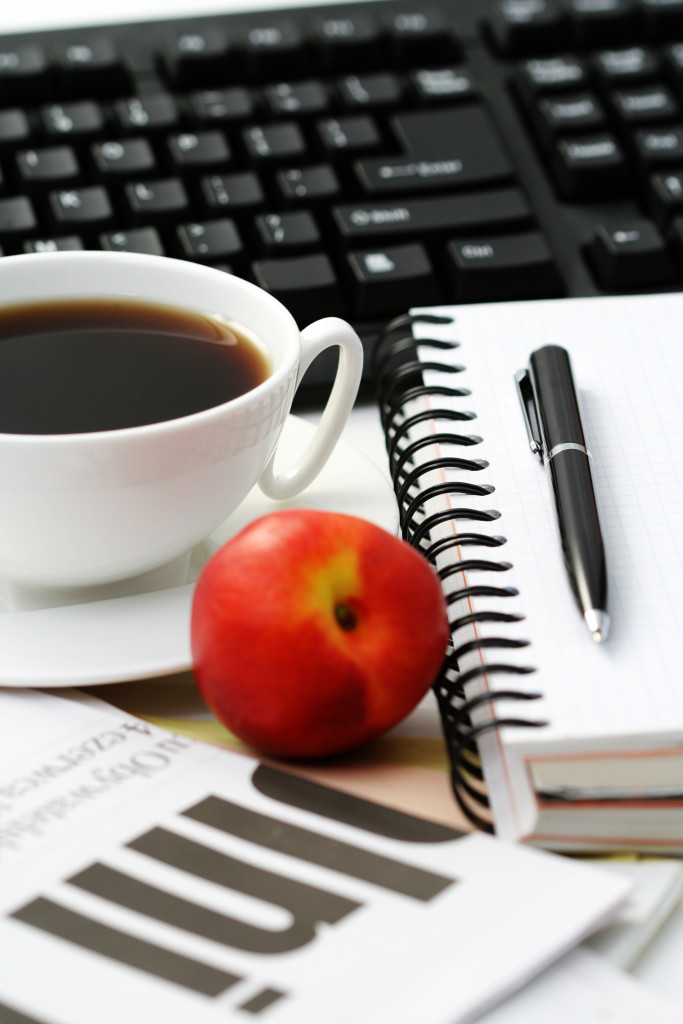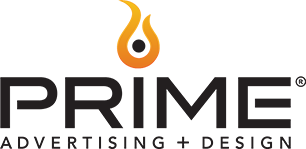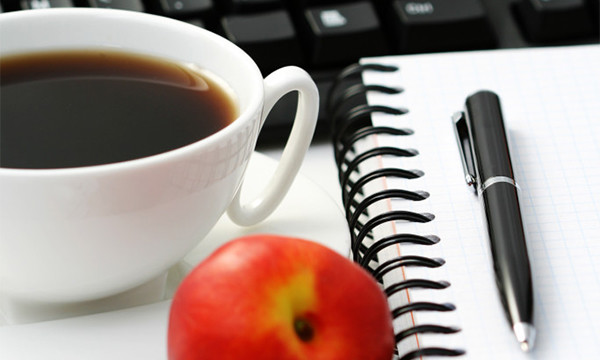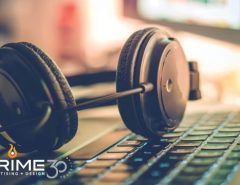 Studies show that people in the working world approach the “lunch break” in a variety of ways. The realities of a lunch break include: eating lunch in the company’s lunch room, going out to lunch regularly with a few of your closest coworkers, eating lunch at your desk, or even not taking a lunch break at all. Read on for stats and findings about lunchtime options.
Studies show that people in the working world approach the “lunch break” in a variety of ways. The realities of a lunch break include: eating lunch in the company’s lunch room, going out to lunch regularly with a few of your closest coworkers, eating lunch at your desk, or even not taking a lunch break at all. Read on for stats and findings about lunchtime options.
Fueling Your Brain
Part of the reason lunch can boost your performance at work is that food literally fuels your brain, which needs a constant supply of energy to function optimally. Stopping to take a break and eat can make you much better at what you do. Taking a break from that steady stream of emails helps reduce stress and, in turn, can help keep you healthier. The Washington Post found that fewer than 20 percent of American workers regularly step away for a midday meal, and 39 percent usually eat at their desks. This also connects with the assumption that the most dedicated workers are constantly available and on task and that taking a lunch break is counterproductive.
USA Today mentioned that everyone is simply just busier all the way around. Everybody’s trying to be more productive.
Social Interaction
Going out to lunch with your coworkers and engaging in conversation over lunch can help advance your career, as social bonds can be formed over a relaxed meal. According to data collected using the time-tracking and productivity app DeskTime, the most productive 10 percent of its users were those who took regular breaks that lasted about 17 minutes each.
Cost-Effectiveness
Another part of the lunch hour is the cost-effectiveness of your choice. According to a survey by Accounting Principals, two thirds (66 percent) of working Americans buy their lunch instead of packing it, costing them an average of $37 per week — nearly $2,000 a year. In addition to that, 50 percent of the American workforce spends approximately $1000 a year on coffee, or a weekly coffee habit of more than $20.
Additionally, a statistic from CareerBuilder, an employment consultant, found that less than one-fifth of executives surveyed; ate lunch at a sit-down restaurant, about 40% take a brown-bag lunch and 17% eat fast food.
Is there really no “lunch hour?”
The American workday is now loosely defined, depending on personal work demands. Parade Magazine shows that some people might be having lunch at 10:30 am or as late as 2:30 pm.
Making the Most of Your Break
CNN says that how we handle our breaks — especially lunch — has a huge impact on how we feel for the rest of the day. It is about using our energy wisely and replenishing that energy so that we have a rhythm to life. We know that our digestion needs time to do its thing properly. We know that our bodies need down time in the middle of stressful situations to recoup energy and be able to refocus. We also know that many people fought for the right to be able to take breaks that we sometimes give away without really thinking of the consequences.
CNN recommends these positive lunch break habits:
- Take a walk
- Getting out into the daylight
- Talking to friends
- Eating a healthy lunch or snack
- Doing some stretching exercises
- Playing a quick, mentally-challenging game
How will you make the most of your lunch break?




